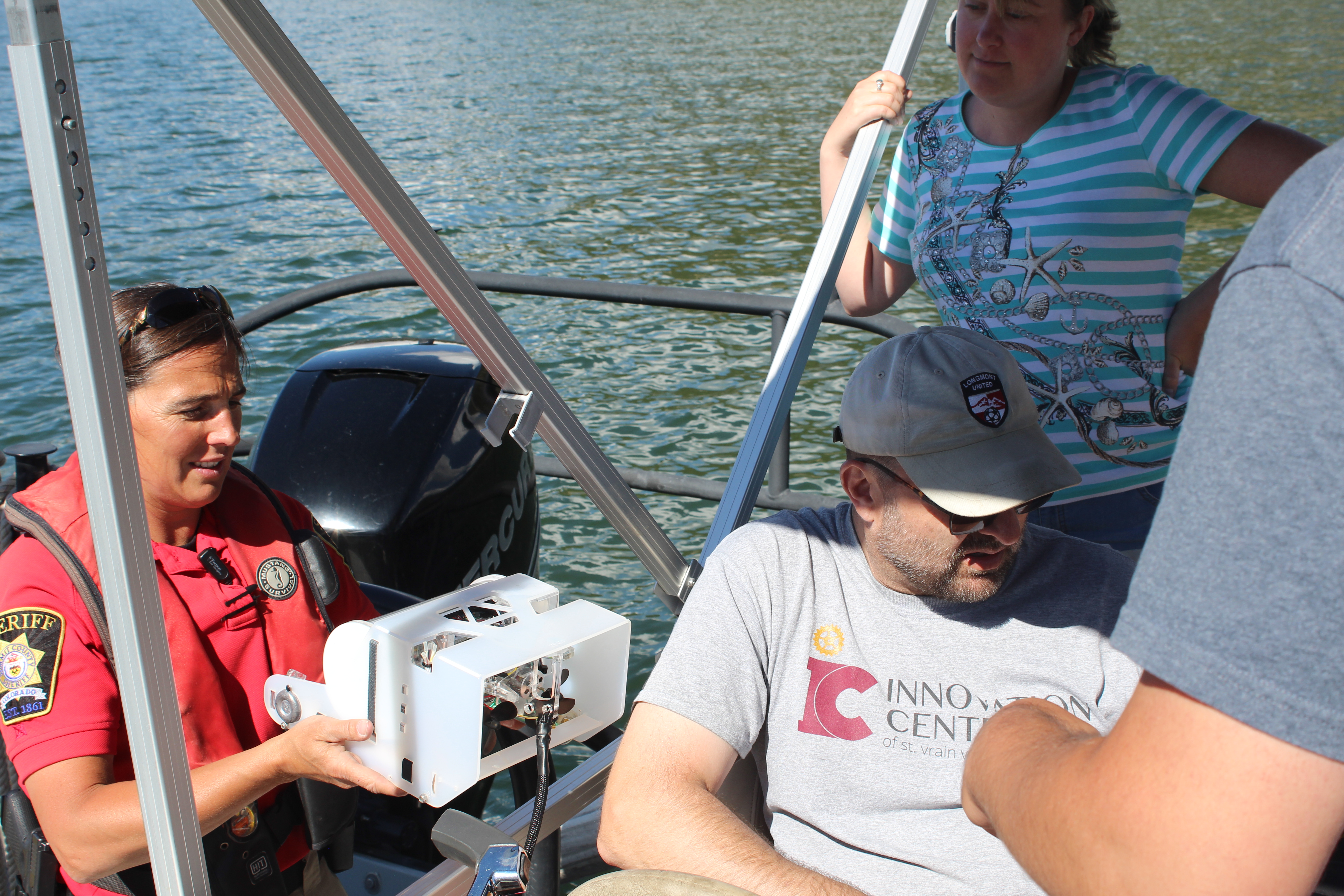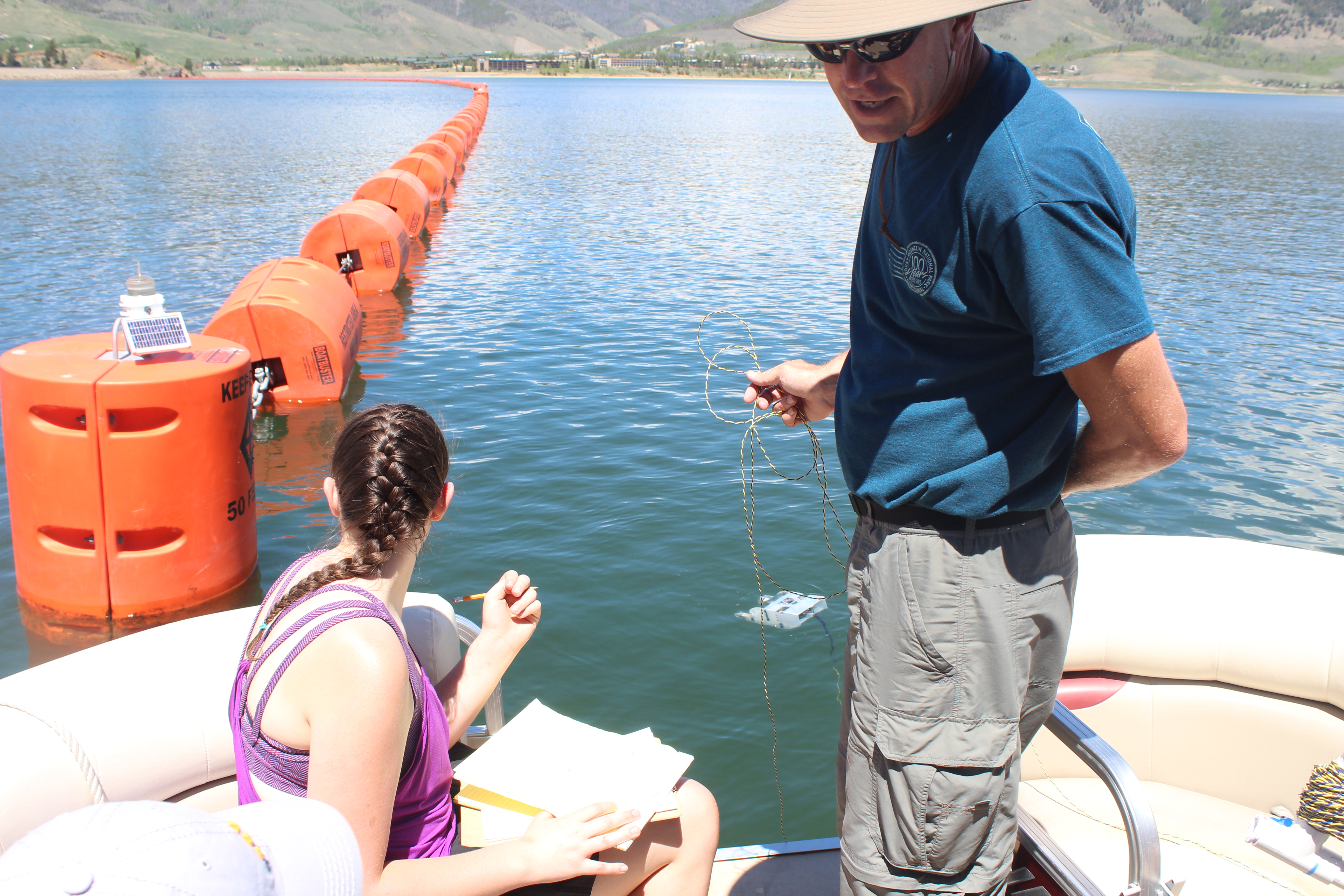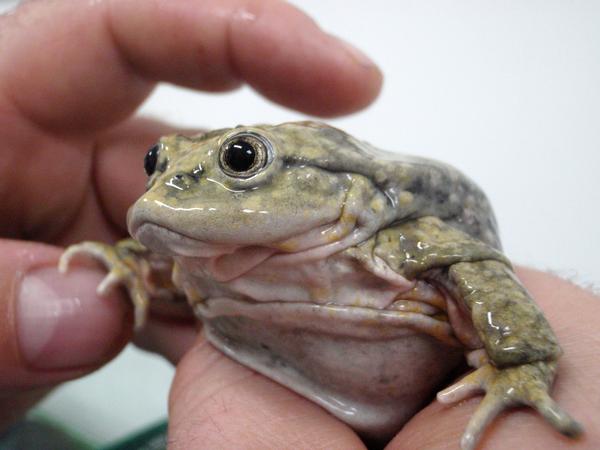
Saving the frogs of Lake Titicaca — in Denver?
As a water utility in the dry West, promoting conservation has become a way of life for our employees. So when we heard that our partners at the Denver Zoo were taking on a new conservation effort, we were ready to pitch in.
The zoo, after all, is already saving on average 214 million gallons of water annually compared to levels used in 1999.
But this time, the zoo is tackling a very different kind of conservation project — to help save the critically endangered frogs of Lake Titicaca, high in the Andes Mountains on the border between Peru and Bolivia.
That’s right. Frogs.
As reported in the Denver Post, the frog population has declined by as much as 80 percent, in part because of mine pollution in Lake Titicaca and overly aggressive harvesting of the amphibians, which are valued by Peruvians for their ability to boost fertility and mental clarity.
The Denver Zoo acquired 20 tadpoles for study and to develop a breeding program, and officials believe they are the only Lake Titicaca frogs in captivity in the northern hemisphere.
To help them in their research, the zoo has teamed up with four students from Longmont’s Skyline High School, who built an open-source remotely operated vehicle, named Telma. This underwater device can operate at twice the depth of a recreational SCUBA diver and videotape the conditions.
Before sending Telma to Peru, the device needed to be tested in conditions that mimic those at Lake Titicaca.
That’s where Denver Water comes in.
As it turns out, conditions at Dillon Reservoir are the closest to mirroring the environment of Lake Titicaca, according to Axel Reitzig, robotics and computer science coordinator for the Innovation Center of St. Vrain Valley Schools.
Dillion Reservoir sits at an elevation of more than 9,000 feet, with a water temperature in the 50-degree range, which is similar to Lake Titicaca.
On June 10, the students were ready to put their robot to the test. The team of six took a boat out to the depths of Dillon Reservoir, and dropped it in.
“Though we struggled with controlling the ROV at times, we learned a lot about Telma,” said Reitzig. “Our time at Dillon Reservoir definitely prepared us for this final test before sending the ROV off to Peru.”
Telma will now be delivered to Arturo Munoz, the scientist studying the frog in Peru as part of the Bolivian Amphibian Project. Munoz will use the ROV to study the frog and collect important data he can't currently collect.
“Our goal now is to create a cheaper design and then work with different organizations for research, education and conservation,” said Reitzig.
Want to see a Lake Titicaca frog for yourself? Visit the Tropical Discovery exhibit at the Denver Zoo where you can meet two of them up close.



